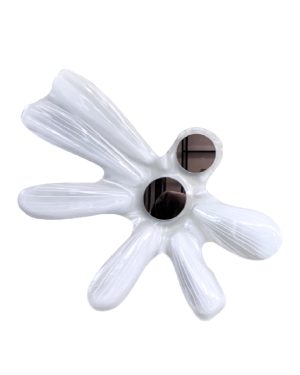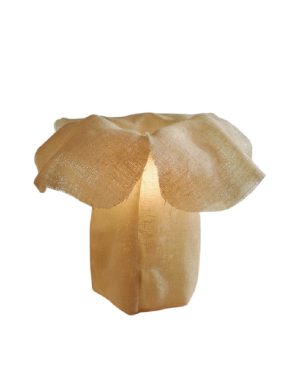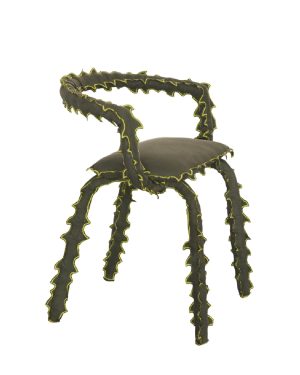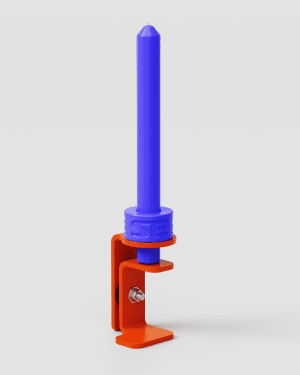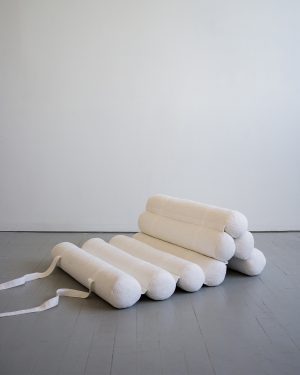Canadian design embodies diversity, innovation, and a deep connection to nature. It is characterized by a blend of modern simplicity and rustic charm, reflecting the country's vast landscapes and multicultural influences.
- Diverse Influences: Drawing inspiration from Canada's rich cultural heritage and multicultural society.
- Nature-Inspired: Incorporating elements from Canada's breathtaking natural landscapes, from lush forests to rugged mountains.
- Modern Simplicity: Embracing clean lines and minimalist aesthetics while incorporating elements of rustic warmth.
Contemporary Canadian Designers
Canada is home to designers who blend tradition with modern innovation, creating designs that resonate globally.
- d'Armes: Creates modern light structures with a poetic touch, crafting timeless designs that evoke unique emotional responses and captivate with their rich narratives.
- LESORR: Specializes in crafting unique objects inspired by the allure of urban and natural elements, blurring the line between art and industrial design with his maximization of material characteristics and recent foray into textiles and fashion.
- STACKLAB Studio: blends design, tech, and circular manufacturing to provoke discourse on sustainable living. With a systems-based approach and a regional network of experts, they optimize processes for maximum efficiency, material upcycling, and waste reduction.
Commonly Used Materials in Canadian Design
Materials in Canadian design often reflect the country's commitment to sustainability and appreciation for natural beauty.
- Wood: Celebrated for its warmth and versatility, wood is a staple material in Canadian furniture and architecture.
- Stone: Used for its durability and natural beauty, stone adds a rugged elegance to Canadian design.
- Recycled Materials: With a focus on sustainability, Canadian designers often incorporate recycled materials into their creations.
Defining Characteristics of Canadian Design
Canadian design is known for its blend of functionality, sustainability, and cultural diversity.
- Functionality: Designs prioritize practicality and usability, catering to the needs of modern living.
- Sustainability: With a strong focus on environmental responsibility, Canadian design often incorporates eco-friendly materials and manufacturing processes.
- Cultural Diversity: Reflecting Canada's multicultural society, designs often showcase a diverse range of influences and perspectives.
Influences on Canadian Design
The evolution of Canadian design is influenced by the country's natural landscapes, cultural heritage, and spirit of innovation.
- Natural Landscapes: Canada's breathtaking natural beauty inspires designs that harmonize with the environment.
- Cultural Heritage: From indigenous traditions to immigrant influences, Canadian design celebrates the country's rich cultural tapestry.
- Spirit of Innovation: With a reputation for creativity and resourcefulness, Canadian design continues to evolve and innovate.

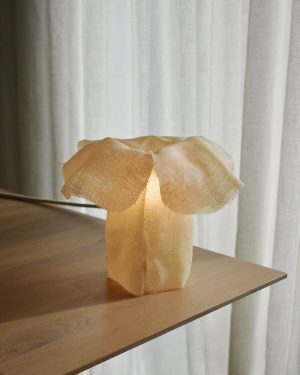





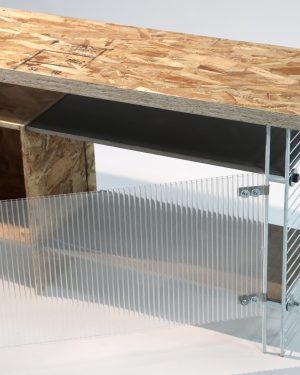 In stock
In stock
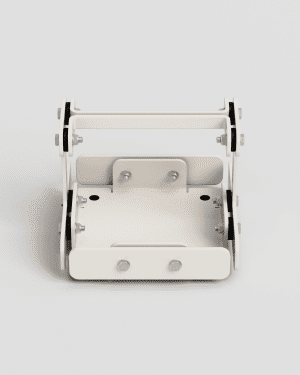 In stock
In stock
 In stock
In stock


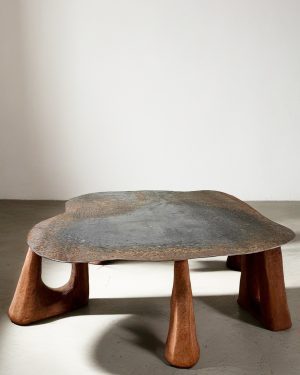 In stock
In stock
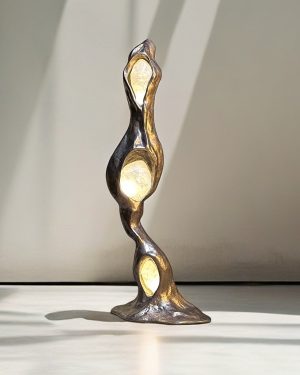 In stock
In stock


 In stock
In stock
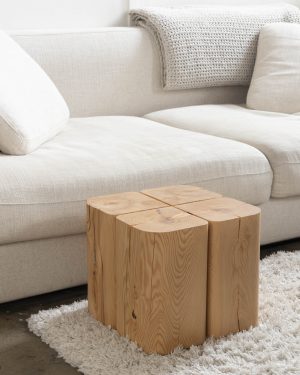 In stock
In stock
 In stock
In stock


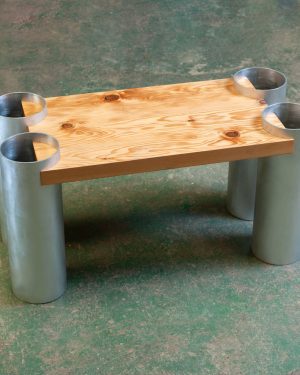

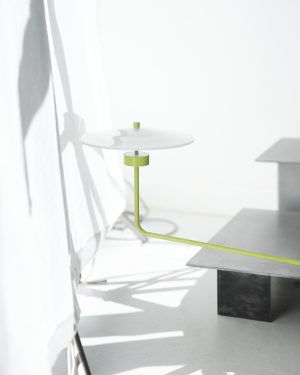 In stock
In stock














 Sold
Sold


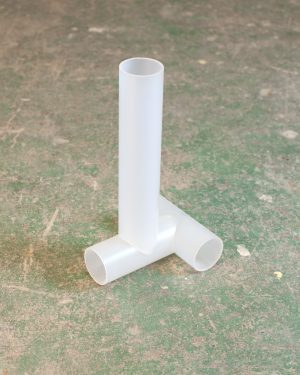

 In stock
In stock
 In stock
In stock
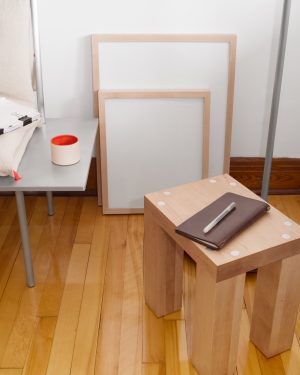



 In stock
In stock
 In stock
In stock



